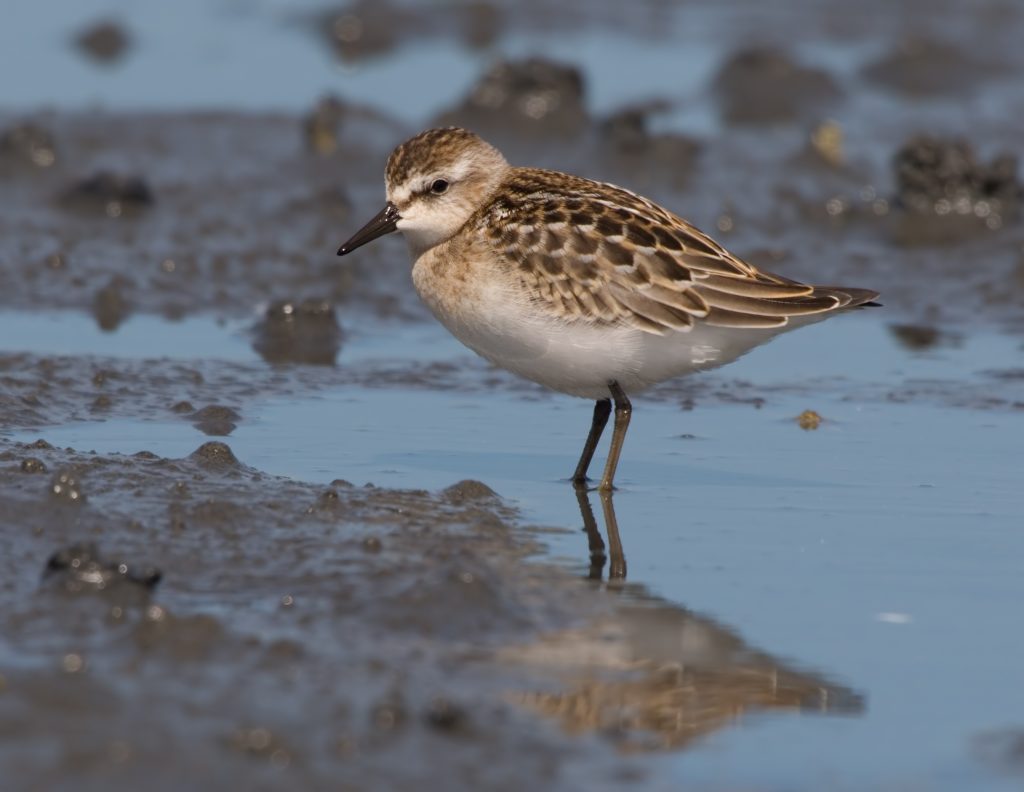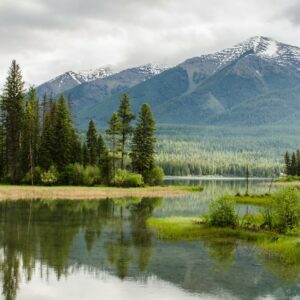Indigenous Protected and Conserved Areas

Over the history of nature conservation in Canada, parks and protected areas have been little more than backdrops to human recreation rather than concerted efforts to preserve natural environments. As a result, these projects often forced indigenous populations to relocate or imposed heavy jurisdictions that eliminated Indigenous practices and economies that benefited Canada’s biodiversity.
Fortunately, in 2015 the Indigenous Circle of Elders (ICE) was formed to advise the Federal Government of Canada on ways in which Indigenous communities can contribute to Canada’s commitment to reaching the Aichi targets by 2020. These targets were created in 2010 during the Conference of Parties in Nagoya, Aichi prefecture of Japan when countries from around the world, adopted a plan regarding biodiversity. In order to meet these targets, the federal government has been working in tandem with ICE in order to establish Indigenous Protected and Conserved Areas (IPCAs) around the country.
the focus of ipcas
IPCAs focus on protecting and conserving ecosystems through indigenous laws, governance and knowledge systems. Indigenous communities in these areas take on the responsibility of protecting and conserving ecosystems. While the individual conservation objectives of each IPCA will differ, all of them endeavor to elevate Indigenous rights and responsibilities, by affirming the validity of Indigenous legal traditions, customary and cultural practices as well as their abilities to help conserve biodiversity in Canada.
IPCAs present a unique opportunity to heal both the land and the people who inhabit it by moving towards true reconciliation between Indigenous peoples and settler societies. Things once withheld or unavailable to these communities may be developed through these areas, such as a stable foundation for local Indigenous economies, opportunities for Indigenous peoples to reconnect with the land and the revitalization of indigenous languages. The promoting of respect for the knowledge systems, protocols and ceremonies of Indigenous peoples provide an opportunity for Canadians to formulate a greater understanding of Indigenous cultures.

While these areas mainly centre on promoting Indigenous communities and their cultural independence, IPCAs have profound benefits for Canadians. These areas have the ability to alleviate the stress of unsustainable human and industrial development. Indigenous groups who will operate these areas integrate holistic approaches to conservation of biodiversity that results in healthier ecosystems. These ecosystems in turn provide cleaner air and water which contribute to healthier populations and a reduction of Canada’s contribution to climate change.
why they’re important
It is vital to both our environment and Canada’s obligation to reconciliation that areas like these are supported. They allow Indigenous communities to flourish in ways that were previously unavailable to them and promotes their culture practices in a positive manner that may just help Canada reach its Aichi target by 2020.



